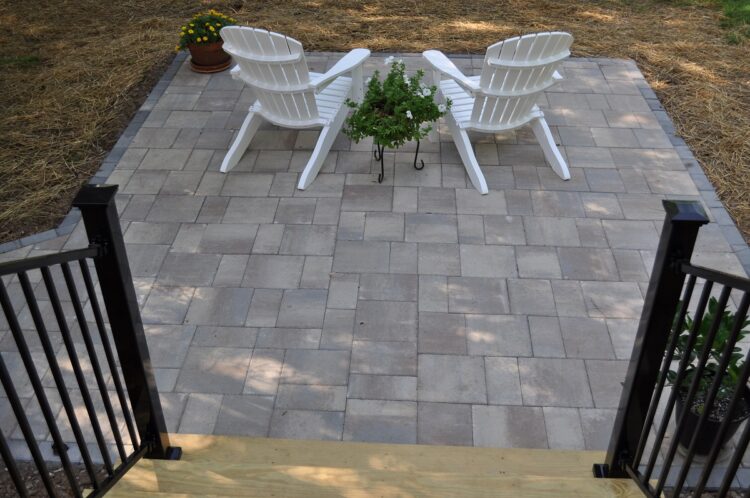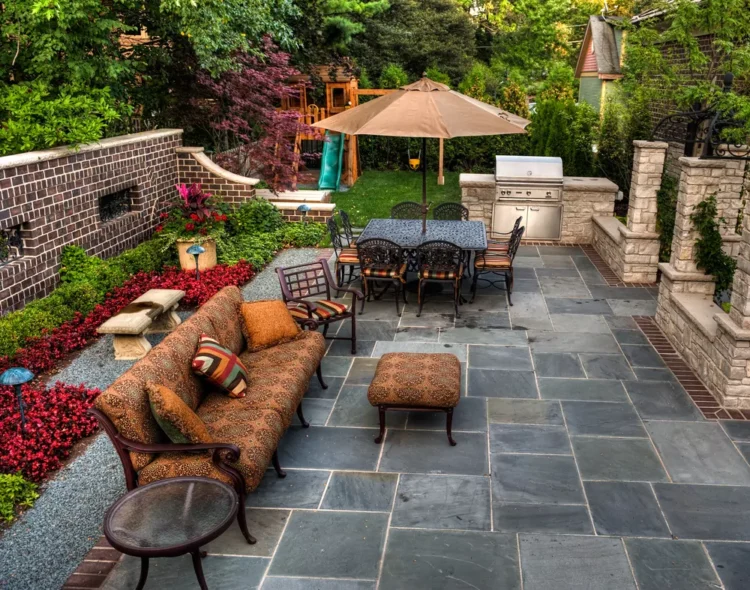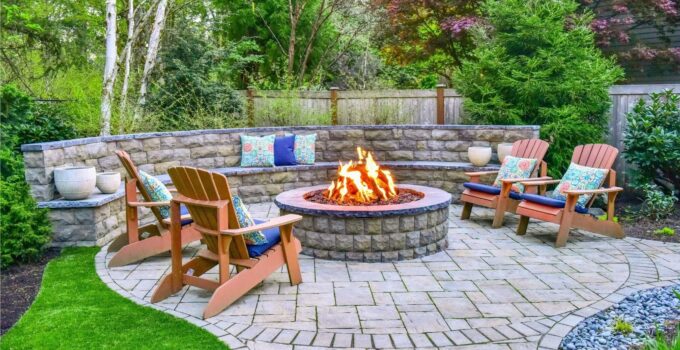When considering the installation of a paver patio, one might ponder the necessity of gravel or sand bases. This foundation layer is often touted as indispensable, but is it always required?
Page Contents
The Role of Base Materials
The role of base materials, such as gravel, sand, and pavestone, in paver patio installation cannot be overstated. These foundational layers serve multiple crucial functions, including providing stability, aiding in drainage, and preventing shifting and sinking of the pavers.

Source: archadeck.com
The compacted gravel layer creates a sturdy base, while the sand layer above it ensures a level surface for the pavers to be laid upon. This combination allows for natural ground movements while minimizing the risk of damage to the patio over time.
Properly installed base materials also facilitate efficient drainage, preventing water from pooling beneath the pavers and causing structural issues. In essence, the base materials act as the backbone of the patio, supporting its integrity and longevity, and their importance should not be underestimated in achieving a durable and visually appealing outdoor space.
Potential Consequences of Omission
Forgoing these base materials might seem like a shortcut, but it comes with risks. Without a proper base, pavers are more susceptible to movement, leading to uneven surfaces and gaps. This can compromise the patio’s aesthetics and functionality. Moreover, the absence of a drainage layer can result in water pooling beneath the pavers, exacerbating the problem.
Alternatives and Considerations

Source: moneypit.com
While traditional wisdom advocates for the use of gravel and sand, some seek alternative methods. It’s essential to weigh these options carefully, considering the long-term durability and maintenance of your patio.
In certain scenarios, alternatives to gravel and sand might be viable. Some opt for a concrete slab as a base, providing a solid foundation. However, this approach lacks the flexibility to accommodate ground shifts, potentially leading to cracks. Others might consider advanced composite materials designed for paver installation, which can offer stability and drainage.
Assessing your specific situation before deciding to skip gravel or sand when installing a paver patio is crucial. The decision should be informed by local climate conditions, soil type, and the intended use of the patio. For instance, areas with stable, well-draining soil and mild weather may face fewer issues with direct paver installation.
However, in regions prone to heavy rainfall, freezing temperatures, or significant soil movement, the traditional base layers of gravel and sand become vital for ensuring stability and preventing water damage.
Each outdoor project is unique, and understanding the environmental and usage factors at play can help you make an informed decision that ensures the longevity and functionality of your paver patio. Always consider consulting with a professional to evaluate the specifics of your site for the best outcome.
Conclusion
In conclusion, while it’s technically possible to install a paver patio without gravel and sand bases, it’s generally not advisable due to the potential for instability and drainage issues. Alternatives exist, but they require careful consideration of the specific conditions and needs of your project. Prioritizing the longevity and appearance of your patio will ensure it remains a cherished outdoor space for years to come.




